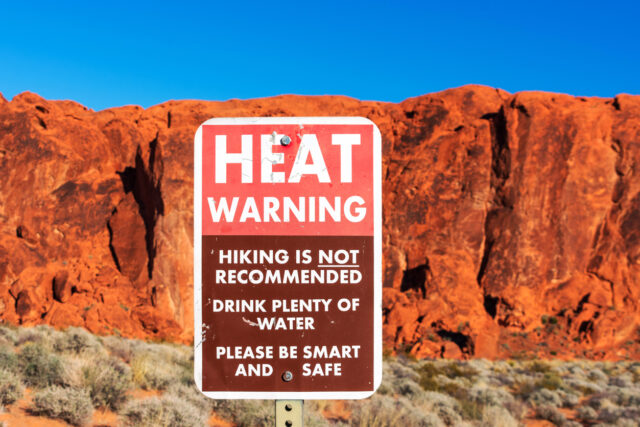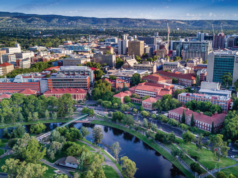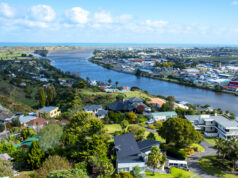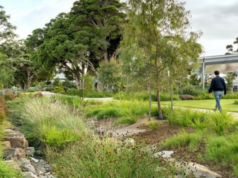
The summer of 2024 was officially the hottest on record in Arizona’s capital of Phoenix, with an average temperature of 37 degrees Celsius. Outpacing the previous record of 36 degrees set the previous year.
The health risks posed by days of extreme heat are well documented, and in response to an extreme heat event in 2005 that resulted in the 35 deaths across a 9 day period, an association of governments in Arizona established the Heat Relief Network.
The Network is a regional partnership that provides hydration stations, and cooling respite centres across the state with the aim of reducing heat-related illnesses and deaths within the community.
The cooling centres offer free water and indoor locations with air-conditioning for those people sensitive to the heat, such as the elderly, homeless, or those without effective cooling or adequate hydration, and are often located in community centres, churches, and libraries.
In 2024 southern Arizona’s cooling centres recorded over 15,000 visits, according to Ladd Keith, the Director of the Heat Resilience Initiative in the US state.
Responding in an email interview in the SmartCities World masthead, Keith reflected on the increased importance of the heat issue, which has seen a “real shift” in the last few years.
“I was reflecting on this during an end-of-heat-season meeting with cooling centre operators here in southern Arizona,” Keith said
“A decade ago, I was often the only one in the room talking about heat. Fast forward to now, and there are over 100 people coming together specifically to discuss what worked, what didn’t, and how we can improve cooling centres.”
As temperatures have risen across Arizona, the city of Tuscon now has a dedicated chief resilience officer, and it has become the first US state to hire a dedicated chief heat officer at state level.
Keith is also co-director of the Centre for Heat Resilient Communities, a national initiative which connects universities with 30 communities across the US.
A first cohort of communities will create heat action blueprints to help local governments form technical strategies to develop heat resilience. While this initiative is still in its early stages, Keith said there were some early encouraging signs.
2024 was the first time the numbers of people using cooling centres has been tracked, and while recording this data is a major leap, the future comparative data will also provide informative insights.
“In Phoenix and Tucson, this year was record-breaking for heat, but the number of heat-related deaths in Phoenix hasn’t increased compared to the same point last year,” he said.
“That’s unusual because heat deaths have been climbing dramatically every year for the past eight years. It’s too soon to draw definitive conclusions, but we’re cautiously optimistic.”
Keith said that heat transcended the “broader climate change debate” because it is not an abstract issue, and was more “practical than political.”
“It is felt daily in many communities,” he said.
“Addressing heat is becoming essential for maintaining strong local economies, viable healthcare systems and even basic quality of life.”













